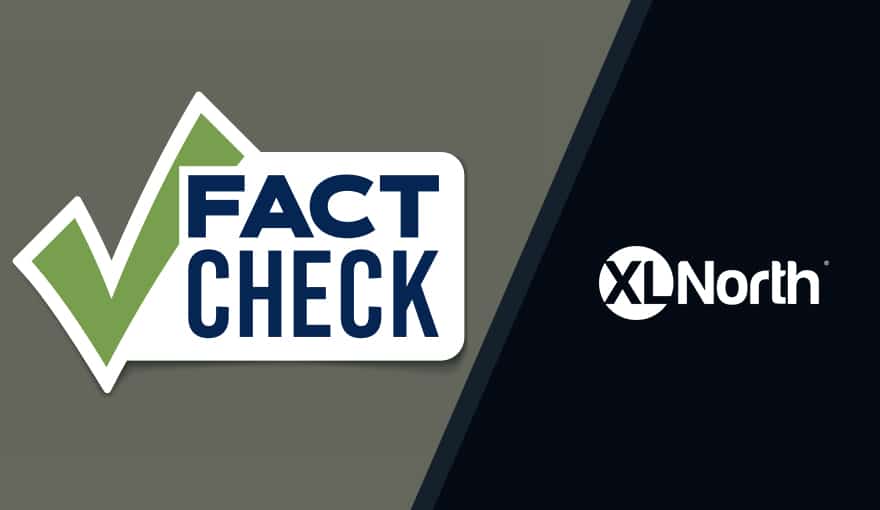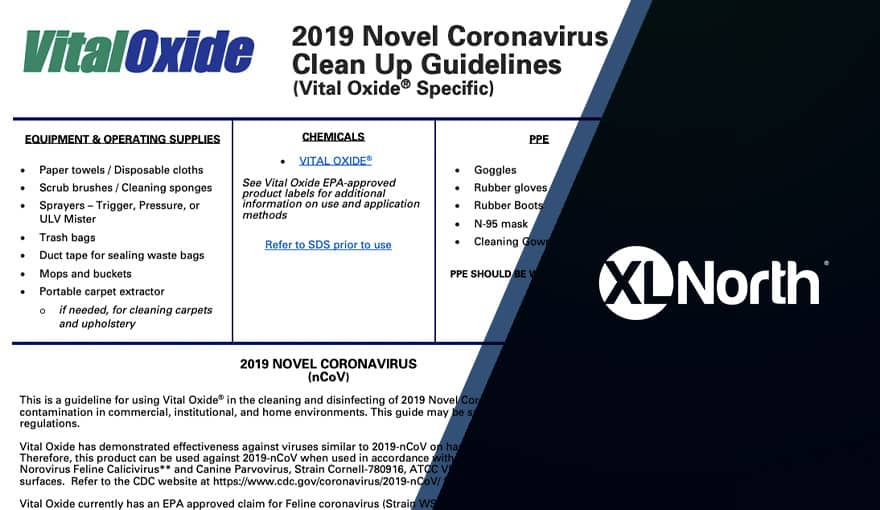Disinfection and sanitization are trending topics due to the current pandemic. As the situation around the globe changes daily, it’s important to educate your staff and your customers with the most updated information. Although the words “disinfect” and “sanitize” may commonly go hand in hand, they are different. Here’s the distinction.
Only hard non-porous surfaces can be disinfected. Fabrics and porous surfaces, such as carpet and upholstery, cannot. However, they can be cleaned and sanitized to make them safer. No matter which method of sanitizing is utilized, the porous surface must be cleaned effectively prior to the application of any disinfectant to provide the best sanitization results. Why? Dirt, soil, and anything foreign to the carpet or fabric can act as a food source for bacteria. Removing them through proper hot water extraction first allows the disinfectant chemistry used to focus more on weakening any viral threat that may exist. Proper cleaning also removes barriers such as oily substances that may block or inhibit the actions of the disinfectant in sanitizing the surface of a fiber.
A cleaning and sanitizing plan for a carpet or fabric surface should look like this:
- Properly vacuum to remove loose, dry particulate soil
- Always allowing for the recommended dwell time, apply a fiber or fabric specific pre-spray to the surface of the carpet or fabric per the manufacturer’s instructions
- Safely agitate the pre-spray to loosen and suspend soil with an approved machine or tool
- Hot water extract and rinse the pre-spray solution using an appropriate rinse additive
- Safely and correctly apply an EPA Registered Disinfectant product that provides soft surface sanitation instructions
- Dry the carpet or fabric completely using smart air movement technology
- Return to normal use
Once the sanitization processes have been completed, a routine maintenance cleaning program should be put in place to maintain the healthy condition of the carpet or upholstery. The sanitization process can then be a periodic service and does not need to be repeated with every cleaning.
For more data, visit the CDC website and read and understand all information provided along with any links listed there. Additionally, seek certification or training where available for this service.
It’s important to note:
- All product labels must be thoroughly read and understood before using them on carpet or upholstery to be sure that they are recommended, designed, or approved for these products.
- Never use products in any inconsistent manner with its label instructions including adding a disinfectant to a pre-spray or extraction cleaner solution.
- All carpet and fabrics should be tested for colorfastness before applying any disinfectant to them.
- Safe disinfectants may still cause slight color bleeding on red or black fabrics.
- Never use bleach-based disinfectants on carpet, upholstery, or fabric.
- Do not incorrectly state or imply that any service or treatment action can disinfect porous surfaces.
- EPA registered disinfectants and their labels’ language are governed by federal law, consult a manufacturer for permission to use specific language or logos on any marketing material.
Additional Resources:
Cleanfax, Disinfecting and Sanitizing Carpet
Recommended by The CRI (Carpet & Rug Institute) – CDC Guidelines, Cleaning and Disinfection for Households
Download and Share this Article with Your Team!
This article is available as a downloadable PDF. Share it with your team today! No form submission required.


